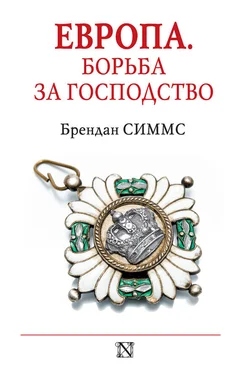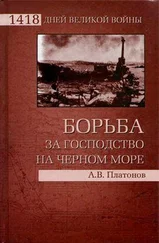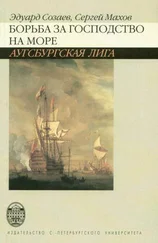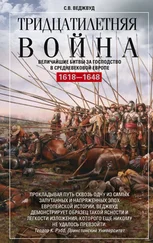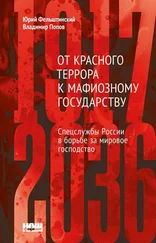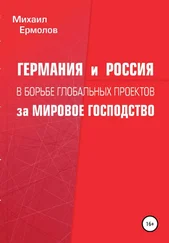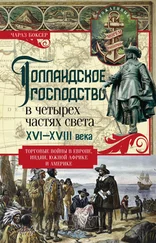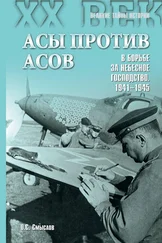Brian P. Farrell, ‘Symbol of paradox: the Casablanca Conference, 1943’, Canadian Journal of History, 28, 1 (1993), pp. 21–40, which puts the debate about the best strategy against Germany at the forefront.
Steven T. Ross, American war plans, 1941–1945 (London and Portland, 1997), pp. 9, 17, 21 and 47, and Mark Stoler, Allies and adversaries. The Joint Chiefs of Staff, the Grand Alliance, and U. S. strategy in World War II (Chapel Hill and London, 2000), p. 71.
Reynolds, ‘1940: fulcrum of the twentieth century?’, p. 344.
Reynolds, ‘Churchill and allied grand strategy in Europe, 1944–1945: the erosion of British influence’, in From world war to Cold War, pp. 121–36.
Roger Beaumont, ‘The bomber offensive as a second front’, Journal of Contemporary History, 22, 1 (1987), pp. 3–19, especially pp. 13–15, and Stephan Glienke, ‘The Allied air war and German society’, in Claudia Baldoli, Andrew Knapp and Richard Overy (eds.), Bombing, states and peoples in western Europe, 1940–1945 (London, 2011), pp. 184–205.
Mark Harrison (ed.), The economics of World War II: six powers in international comparison (Cambridge, 1998).
Hildebrand, Das vergangene Reich, p. 781.
Sönke Neitzel, ‘Hitlers Europaarmee und der “Kreuzzug” gegen die Sowjetunion’, in Michael Salewski and Heiner Timmermann (eds.), Armeen in Europa – europäische Armeen (Münster, 2004), pp. 137–50.
Mary N. Hampton, The Wilsonian impulse. U. S. foreign policy, the alliance, and German unification (Westport, 1996), p. 18.
Anatoly Dobrynin, In confidence: Moscow’s ambassador to America’s six Cold War presidents (1962–1986) (New York, 1995), p. 63.
‘The Yalta Protocol of Proceedings’, in T. G. Paterson, Major problems in American foreign policy since 1914, Vol. II, 3rd edn (Lexington, Mass., 1989), pp. 243–4.
Melvyn Leffler, The struggle for Germany and the origins of the Cold War (Washington, DC, 1996).
Carolyn Woods Eisenberg, Drawing the line. The American decision to divide Germany, 1944–49 (Cambridge, 1996), p. 38.
John Lewis Gaddis, ‘Repression versus rehabilitation: the problem of Germany’, in Gaddis, The United States and the origins of the Cold War, 1941–1947 (New York, 1972), pp. 94–132 (quotations pp. 98–9).
Mark Kramer, ‘The Soviet Union and the founding of the German Democratic Republic: 50 years later. A review article’, Europe – Asia Studies, 51 (1999), pp. 1093–1106 (quotation pp. 1097–8).
Национального комитета свободной Германии ( нем .) . Примеч. ред.
R. C. Raack, Stalin’s drive to the west, 1938–1945. The origins of the Cold War (Stanford, 1995), pp. 133–4 and passim.
Fraser J. Harbutt, Yalta 1945. Europe and America at the crossroads (Cambridge, 2010).
‘Yalta Protocol’, p. 242.
Ibid., pp. 239–40.
Ibid., p. 241.
Antony Beevor, Berlin. The downfall (London, 2002).
Leffler, Struggle for Germany, p. 13.
Charles Mee, Meeting at Potsdam (New York, 1975), p. 320.
Jonathan Haslam, ‘Soviet war aims’, in Ann Lane and Howard Temperley (eds.), The rise and fall of the Grand Alliance, 1941–45 (Basingstoke and New York, 1995), p. 27.
Jessica Reinisch and Elizabeth White (eds.), The disentanglement of populations. Migration, expulsion and displacement in post-war Europe, 1944–9 (Basingstoke, 2011), especially pp. 3–50.
Zbyněk Zeman and Antonín Klimek, The life of Edvard Beneš, 1884–1948. Czechoslovakia in peace and war (Oxford, 1997), p. 247. Также: Eagle Glassheim, ‘The mechanics of ethnic cleansing: the expulsion of Germans from Czechoslovakia, 1945–1947’, in Philipp Ther and Ana Siljak (eds.), Redrawing nations. Ethnic cleansing in east-central Europe, 1944–1948 (Lanham, 2001), pp. 197–200.
Mark Mazower, No enchanted palace. The end of empire and the ideological origins of the United Nations (Princeton and Oxford, 2009), p. 7.
David J. Dunthorn, ‘The Paris Conference on Tangier, August 1945. The British response to Soviet interest in the “Tangier Question”’, Diplomacy and Statecraft, 16, 1 (2005), pp. 117–37 (quotation p. 123).
Andreas Hillgruber, Die Zerstörung Europas. Beiträge zur Weltkriegsepoche, 1914 bis 1945 (Frankfurt am Main and Berlin, 1988), p. 363.
Andrew J. Rotter, Hiroshima. The world’s bomb (New York, 2008), pp. 177–228.
Caroline Kennedy-Pipe, Russia and the world, 1917–1991 (London and New York, 1998), p. 84. Hiroshima had ‘destroyed the equilibrium of the world’.
Altiero Spinelli and Ernesto Rossi, ‘For a free and united Europe. A draft manifesto’, in Mette Eilstrup-Sangiovanni (ed.), Debates on European integration. A reader (Basingstoke, 2006), pp. 37–42.
Чистым листом ( лат .) . Примеч. ред.
Scott Kelly, ‘“The ghost of Neville Chamberlain”. Guilty Men and the 1945 election’, Conservative History Journal, 5 (Autumn 2005), 18–24, especially, 21–2 (quotation p. 18).
Correlli Barnett, The audit of war. The illusion and reality of Britain as a great nation (London, 1986).
Jim Tomlinson, ‘Balanced accounts? Constructing the balance of payments problem in post-war Britain’, The English Historical Review, CXXIV, 509 (2009), pp. 863–84.
Martin Thomas, Bob Moore and L. J. Butler, Crises of empire. Decolonisation and Europe’s imperial states, 1918–1975 (London, 2008), especially pp. 47–72.
Pablo de Orellana, Implications of the Cold War for the maintenance of colonialism in Indochina, 1945–1954 (M. Phil. dissertation, University of Cambridge, 2009), p. 23. Я весьма признателен мистеру де Орельяна за наше чрезвычайно интересное обсуждение.
Anne Deighton, ‘Entente neo-coloniale? Ernest Bevin and the proposals for Anglo-French Third World power, 1945–1949’, in Glyn Stone and T. G. Otte (eds.), Anglo-French relations since the late eighteenth century (London and New York, 2008), pp. 200–218 (Bevin quotation p. 208).
Kevin McDermott and Matthew Stibbe (eds.), Stalinist terror in eastern Europe. Elite purges and mass repression (Manchester and New York, 2010), p. 5 and passim for the crucial international context.
Norman Naimark and Leonid Gibianskii (eds.), The establishment of communist regimes in eastern Europe, 1944–1949 (Boulder and Oxford, 1998).
Читать дальше
Конец ознакомительного отрывка
Купить книгу
